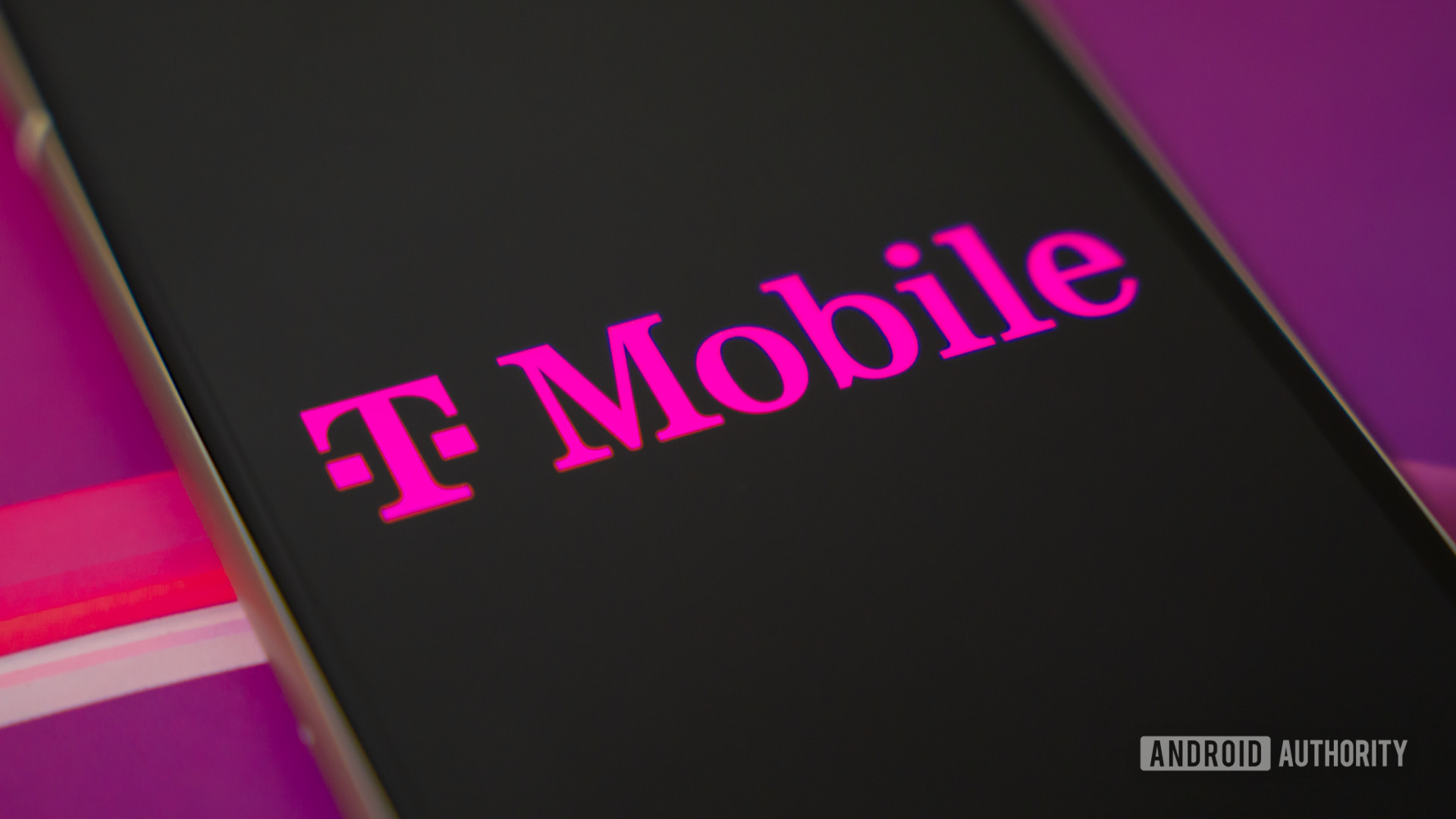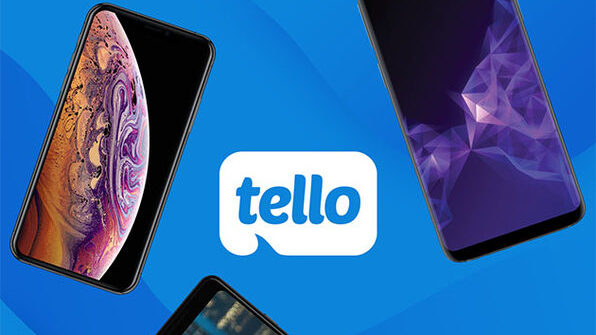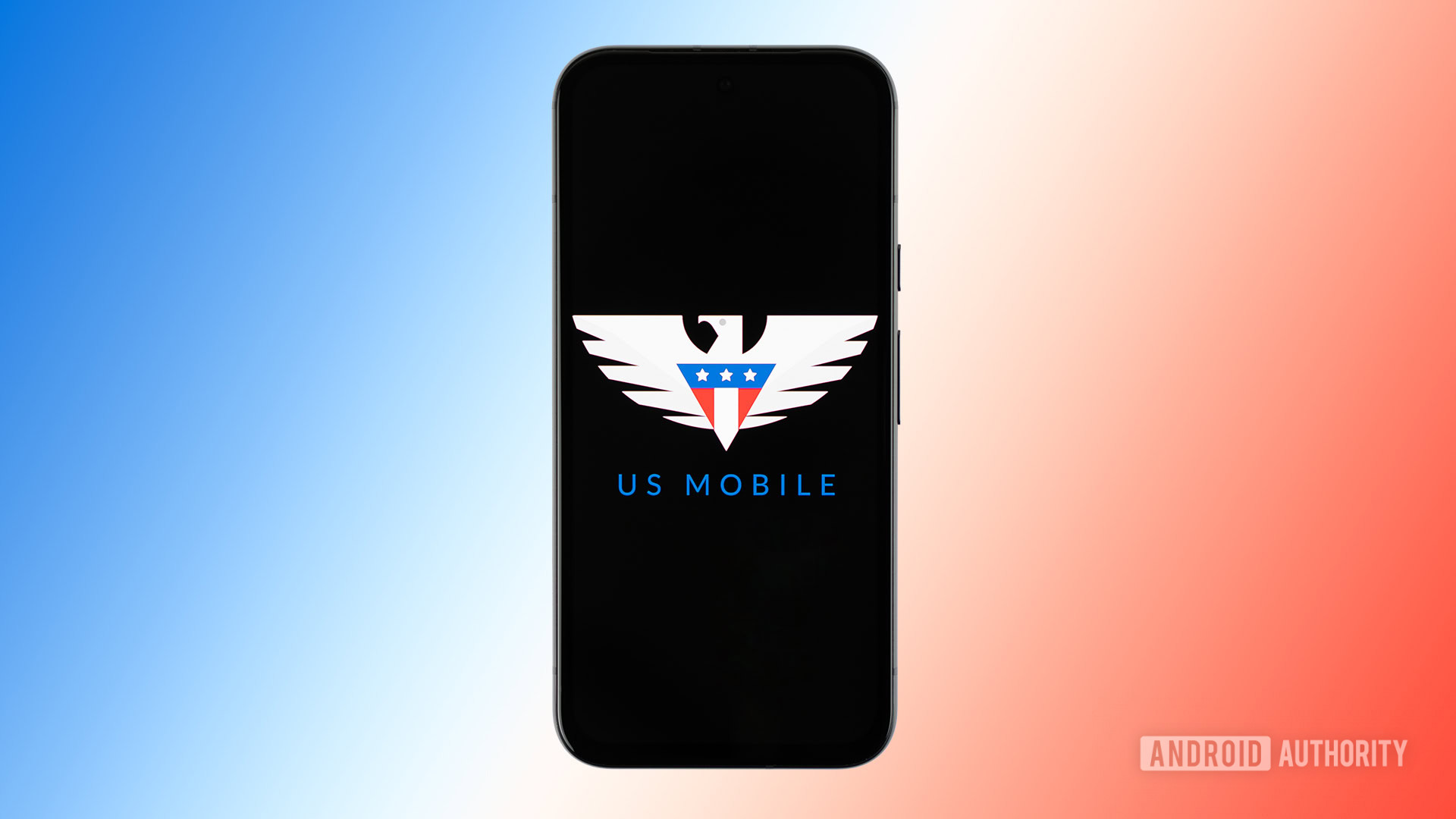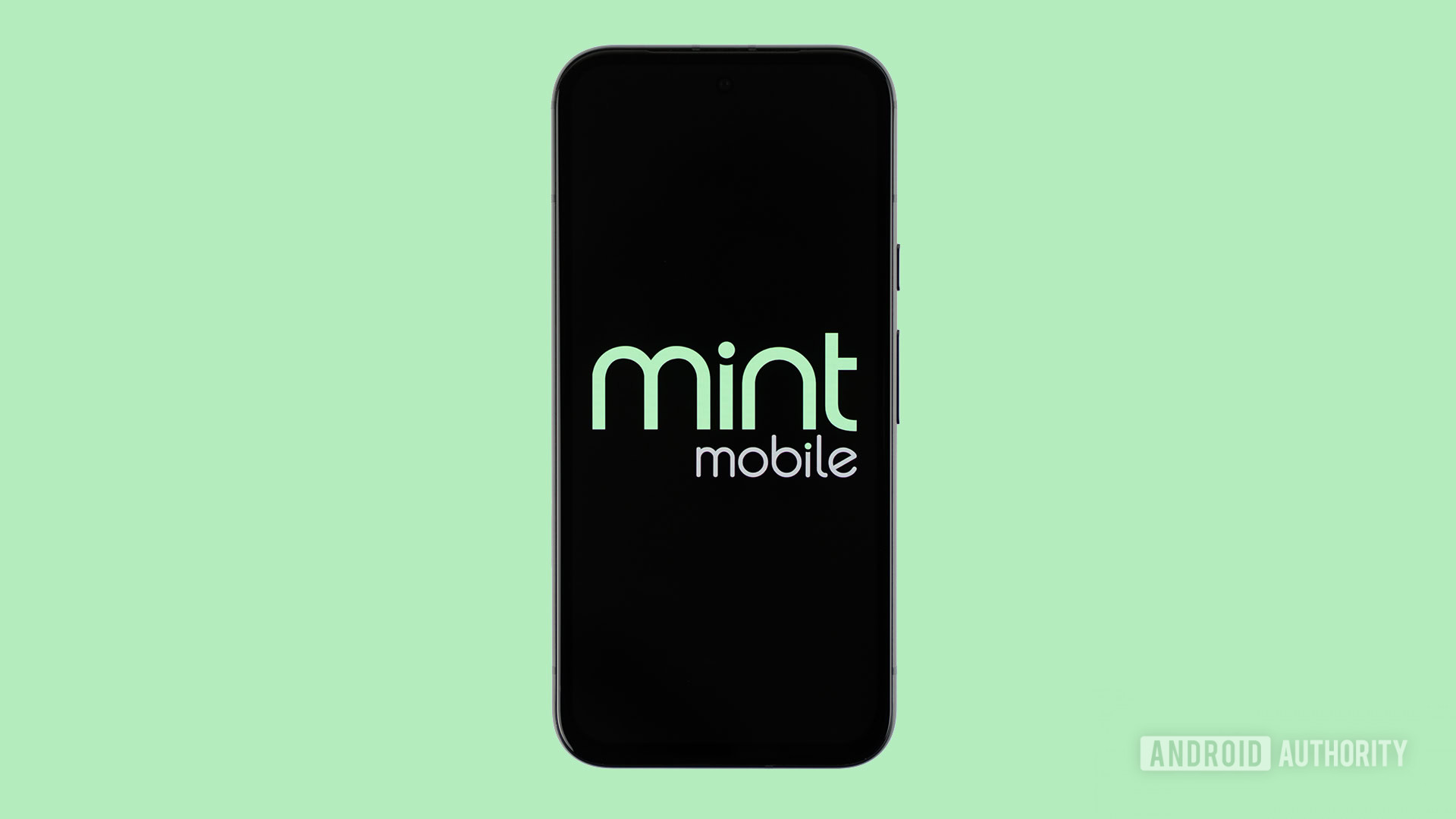Affiliate links on Android Authority may earn us a commission. Learn more.
Can you get reliable phone service for less than $15 a month?
July 20, 2024
In 2024, even the cheapest postpaid plan typically starts at around $50 a month, give or take a few bucks. This price can come down a lot if you have a family or a group of roommates to split the bill with, as you’ll qualify for multi-line discounts. For those needing only one or two lines, prepaid carriers can offer a similar service for much less. I decided to find out how low you can go and still get decent service by targeting plans priced at $15 a month or less.
Much to my surprise, these dirt-cheap plans are much more useable than you might think.
Expect to make a few minor sacrifices if you want a plan that’s $15 or less
Over the last year, I’ve tested several prepaid carriers to see how they compare to the bigger networks. There’s a lot that goes into a good cellular service, and many times, what you’re promised on paper doesn’t actually hold up in reality. Even the best prepaid carriers will have trade-offs if you’re looking for service at $15 or less a month.
The exact compromises will vary depending on the carrier, but some of the most common downsides to plans at this price include:
- Limited data. Most prepaid plans at this price have caps on high-speed data (typically around 1-10GB). After you use up this data, you’ll either get significantly lower speeds or the carrier might even cut you off completely until the next billing cycle.
- Less comprehensive customer service. Most plans at these rates won’t have brick-and-mortar locations or in-person help. Some may rely solely on web-based communication for customer interactions.
- Deprioritized data. Prepaid plans at this price usually have lower prioritization during times of congestion, affecting data speeds.
- Limited phone selection. Some cheaper carriers assume customers will also want a cheap phone, so the selection of higher-end phones can be limited. Most carriers, however, allow you to bring your own device.
After testing nearly a baker’s dozen worth of wireless providers, three carriers stood out for providing quality experiences at such a low price: Connect by T-Mobile, US Mobile, and Tello. Just be aware each carrier has its pros and cons, though they all require some level of sacrifice. Let’s take a closer look at each.
Connect by T-Mobile: Closest to a postpaid experience at this price

- Network partner: T-mobile
- Price range: $15 – $35
- Brick and mortar service: Yes
I often recommend sub-brands or independent carriers for prepaid service, but T-Mobile strikes a perfect balance between prioritized data and value. T-Mobile offers cheaper plans with data limits under its Connect by T-Mobile branding, which are much cheaper than what you’d get from Verizon or AT&T directly. All plans include unlimited talk, text, and a priority level almost on par with T-Mobile’s postpaid offerings.
In my testing, I tried the $15 plan, which gives you 5GB of high-speed data and then unlimited slow speeds (enough for checking emails or sending a message through a text app). I used it for 30 days as my main number and found the experience surprisingly good. While I don’t have postpaid T-Mobile service, I asked a friend who lives near me to test their own T-Mobile speeds throughout the day for comparison. In most situations, my Connect plan had data speeds that were virtually indistinguishable from T-Mobile’s.
T-Mobile's postpaid service has increased its pricing significantly, but the Uncarrier's prepaid options are still very good for the money.
During peak hours like rush hour, my service would see deprioritization but still be within 75-95% of the typical target compared to postpaid. I typically saw speeds of 10-20Mbps, while my friend’s T-Mobile postpaid service saw around 25Mbps or a bit higher. Note that we live in a rural area, and speeds can vary dramatically by region. I also tested T-Mobile’s service in St. Louis for a few days and found the speeds were still fairly comparable to T-Mobile’s postpaid rates in the area. Slower, but not significantly noticeable.
Connect by T-Mobile was certainly faster in my experience than Mint, which typically saw speeds around 1.5-10Mbps with occasional higher jumps during less busy times. Of course, a good connection is only part of the equation. Phone selection and customer service are equally important.
Starting with phone offerings, Connect by T-Mobile offers the same range you’d get from postpaid, including flagship models from Samsung, Google, Apple, and more. However, T-Mobile doesn’t offer in-house financing or extended protection plans for its prepaid units, though you can always buy an unlocked phone at a retailer like Best Buy, which will be eligible for a third-party payment plan. There are also third-party phone insurance options available from Progressive and others.
While my experience with Connect by T-Mobile went smoothly, customer service is one major difference between Connect and postpaid. While postpaid typically offers local customer service, prepaid tends to be less prioritized and uses different call centers. That said, the one time I had an issue and called, the customer service rep resolved the problem without much fuss. The experience felt similar to other postpaid customer service interactions. You can also bring your Connect devices into a T-Mobile store for in-person assistance, which isn’t common for many prepaid services.
Pros:
- Brick-and-mortar customer service, as well as toll-free phone or web chat service.
- Prioritization is basically on par with T-Mobile’s postpaid tier.
- Phone selection is just as good as you’d get with a postpaid carrier.
Cons:
- No device financing or protection plans.
- The per-data costs can be higher than some of the other prepaid services.
- Taxes and fees aren’t included in the pricing.
Tello: Best if you want the absolutely cheapest rates around

- Network partner: T-mobile
- Price range: $5-25
- Brick and mortar service: No
Tello is one of the cheapest prepaid services available, offering a service that’s reliable and feature-packed for the price. For example, Tello includes international calling and texting to 60+ countries, including India and Canada. You can also use your Tello number when traveling internationally, as long as you have a WiFi network or mobile data from another SIM card.
Pricing varies depending on your needs, and taxes and fees are not included in the quoted pricing (typically adding around $1.50-$2.50 per line). Tello is highly customizable, letting you pick data ranges from none to unlimited, and you can even pick how many calling minutes you need. At the cheapest, you could get a line with 1GB of data and no minutes, or no data and unlimited minutes, for just $5. If you mostly text, you can pick a low limit, like 100 minutes, as all voice plans come with unlimited texting.
Looking for a second line or want to add a kid? We highly recommend Tello: It's dirt cheap and offers a surprising amount of features, but it's not the fastest.
How does the pricing compare to Connect by T-Mobile as you raise the data allotment? With unlimited minutes and 5GB of data, you’d pay just $10 for the first month and then $14 monthly thereafter. That’s a dollar less, but it still represents savings. Jumping to 10GB would cost $4 more than T-Mobile charges for 5GB. Tello even offers unlimited data for just $25 a month, though there are fine print conditions, such as temporarily slower data after 25GB in a single month.
As for network quality? Tello won’t be as high on the priority ladder as Connect by T-Mobile. In areas with minimal congestion, you’ll often see speeds in the 10-20Mbps range, but deprioritization is real if you’re in a heavily trafficked area. During a trip to St. Louis, I tested Tello around lunch hour and could barely get 1-2.5Mbps. Later in the afternoon, speeds improved slightly to around 8Mbps. At home, Tello almost always got 7-12Mbps during off-peak times and stayed in the 2-6Mbps range during peaks.
Tello is designed to run over your local wireless network first, but there’s also a data allotment for when you’re away from a reliable WiFi connection. The network might not be perfect, but if you plan to be mostly connected to WiFi for bigger downloads or media consumption and just want mobile data for emergencies or light social media use, Tello is more than capable.
Be aware that Tello has no physical presence but does offer 24/7 phone, email, or web chat support. I didn’t need to call customer service, but diving into Reddit, I found that most users felt it had above-average customer service for the price. The phone selection is basic, with less than 20 phones, most priced at $359 or lower. There are a few higher-end models like the Galaxy S23 (refurbished), Google Pixel 7, Pixel 7 Pro, Apple iPhone 14, and Google Pixel 8. Only one is a new flagship; the rest are year-old models.
Pros:
- Pricing is very cheap for what you get.
- There’s international calling and texting even for the cheapest plans!
Cons:
- Data will be deprioritized during congestion.
- There’s no brick-and-mortar assistance if needed.
US Mobile is perfect for those who want options beyond just using T-mo’s network

- Network partner: T-mobile or Verizon
- Price range: $5-25
- Brick and mortar service: No
I strongly considered giving this third pick to Mint Mobile, but US Mobile swayed me with its recent plan changes. I’ve been using the 2GB plan for $10 a month for the last few weeks and have been impressed. Both carriers use T-Mobile for coverage and offer similar pricing, but when it comes to service under $15, US Mobile is a better fit. Its starting price is just $10, perfect for those with modest data needs. In contrast, Mint offers 5GB for $15 a month. Furthermore, US Mobile doesn’t require multiple months upfront as Mint does, and includes taxes and fees in the advertised pricing. Again, Mint doesn’t.
One crucial difference between US Mobile and Tello or Connect by T-Mobile is carrier support. On sign-up, you can choose between Verizon or T-Mobile as the network partner — I picked Verizon. It’s a better choice if you live in an area with solid coverage, as it gets the same prioritization as Verizon postpaid subscribers. The only catch is you must have a 5G phone, but you’ll still get high priority even if you’re defaulting to an LTE network. Based on my research, T-Mobile’s prioritization level should be similar to Mint Mobile’s.
US Mobile has great pricing, but you can save even more if you're willing to pay for the whole year upfront.
I typically got around 15-40Mbps in my area, similar to my wife’s Verizon postpaid account. In the city, I saw speeds on US Mobile reaching over 100Mbps around dinner time, a reasonably busy period yet still decent speeds. Your mileage will vary depending on where you live and how congested T-Mobile or Verizon’s towers are in your area.
Need more data? While US Mobile’s plans start at $10 a month for 2GB, you can get an unlimited plan for as little as $17.50 a month if you pay for a year in advance. If you don’t want to pay upfront, US Mobile offers the plan for $25 a month, including 10GB premium data, 5GB hotspot data, and unlimited slower data. There’s also international calling and texting. Those who need more premium data can choose from Unlimited Starter or Premium.
US Mobile doesn’t have brick-and-mortar locations, so you won’t be able to go to a service person directly for phone questions. However, the company offers 24/7 customer support through chat, phone, or email. I didn’t use customer service during my trial, but online reviews suggest that while there are occasional complaints, many customers defend the service they’ve received. It depends on the service agent and your luck, I guess.
Need a good phone? US Mobile has an extensive phone selection across all price points, including major flagships like the iPhone 15 Pro, Galaxy S24, and Pixel 8. Additionally, you’ll find the OnePlus 12, several Motorola phones, and a range of budget devices from Nokia, Motorola, and others.
Pros:
- Great pricing.
- Options to pay monthly or for a full year at a discount.
- You have a choice between Verizon and T-Mobile networks.
Cons:
- Data will be deprioritized during congestion.
- There’s no brick-and-mortar assistance if needed.
What carriers did I test out, and how did I reach my conclusions?

Over the last year or so, I’ve been on a mission to try as many prepaid carriers as I could. For this list, I reviewed the carriers I’d used recently that have plans at or below $15. For those I didn’t have access to, I asked friends or family members who used the carrier and checked Reddit for feedback. Ultimately, I picked the three carriers above because each stood out in some way. Initially, US Mobile wasn’t one of my picks, as Mint Mobile had impressed me more in the past. Then I realized US Mobile had new plans, so I signed up and have been testing it for the last few weeks.
Curious about which networks I tested and considered for this list? First, I eliminated carriers with bad reputations or those that were basically carbon copies of each other with nothing unique to offer. I also removed any carrier that didn’t have a plan at or below $15, or if their plans at this range were unimpressive. This left me with six candidates that I felt went above and beyond the rest:
All of these are great choices; I simply felt Connect by T-Mobile, Tello, and US Mobile stood out the most. While the three listed carriers above worked great in my area, I also realize that every region is different. Your actual speed tests and experiences could be different from mine. That’s why I always recommend signing up for just a month on a burner number before transferring fully, just to see how well the MVNO (Mobile Virtual Network Operator) actually performs.
Find that these three don’t work as well for you? Honestly, any of the six above would be a great fit at this price range. If there’s a carrier not on my list, it doesn’t necessarily mean you shouldn’t consider it, either. I can’t test everything and likely missed a few choices, or they just didn’t perform as well in my region. The biggest thing is to always test out the network before you commit to it in the long term, as what these MVNOs say they offer on paper doesn’t always reflect the real-world experience.